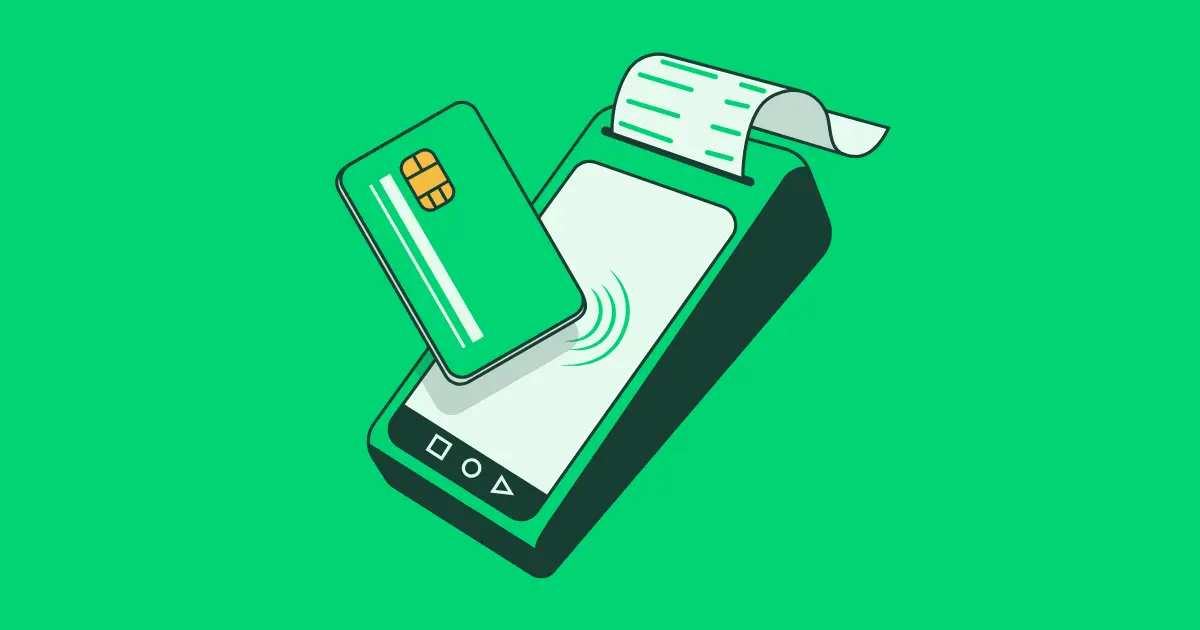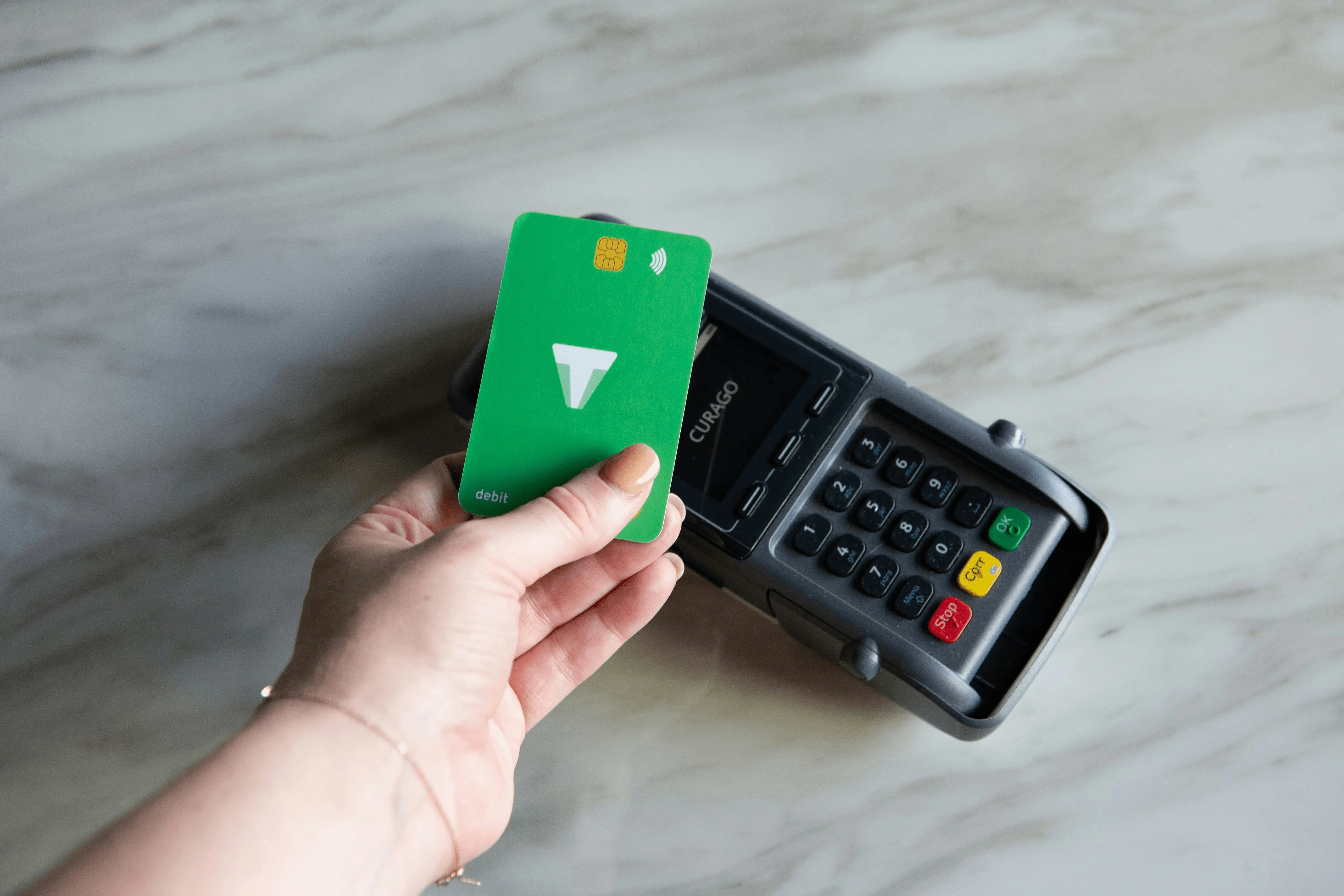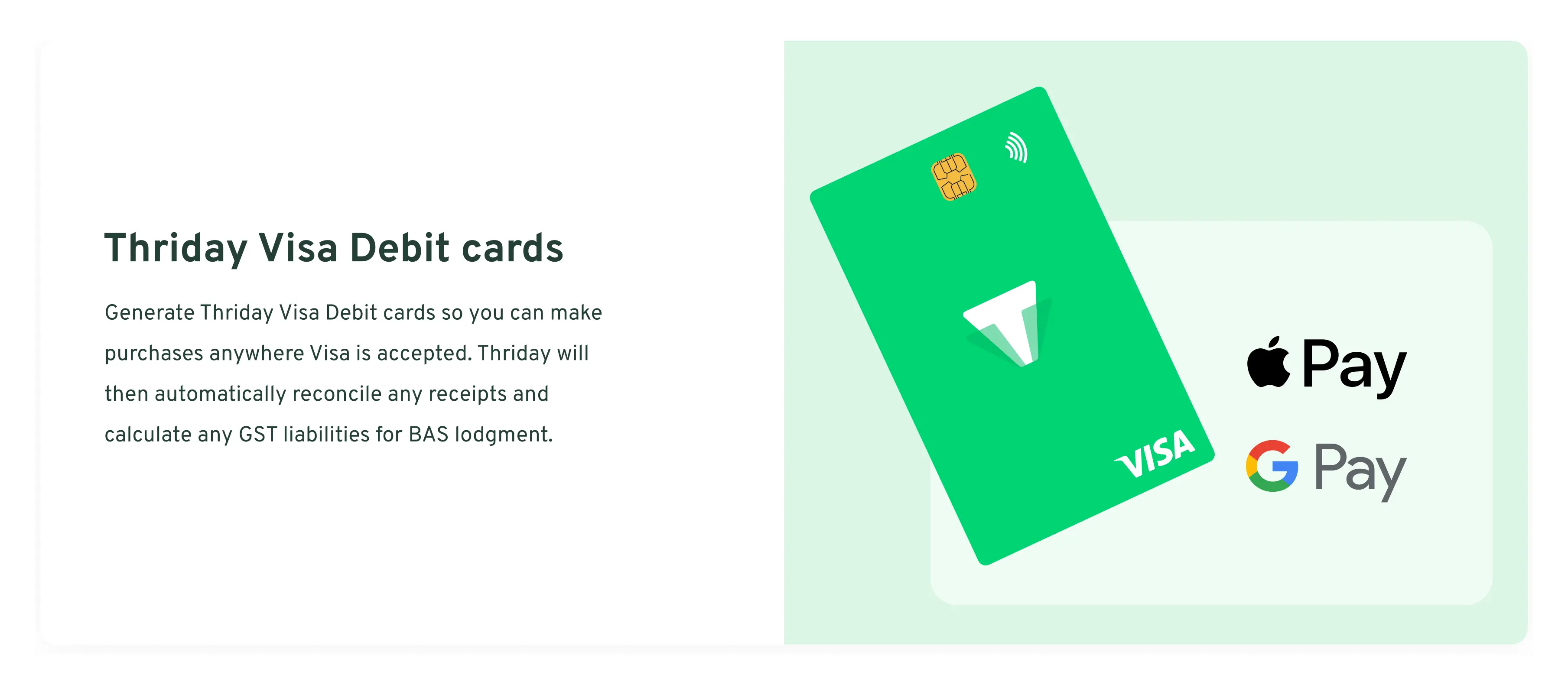Card surcharges: Will they be banned?
If you’ve ever paid for something with a credit or debit card and been hit with a little extra fee at the end, you’ve likely encountered a card surcharge. These fees can feel sneaky, especially when they pop up at the last second—after you've already made your purchasing decision. As someone who has spent years observing the ins and outs of card payments and how they impact small businesses, I’ve seen how controversial surcharges have become. The question now is: are card surcharges on their way out in Australia? Let’s break down what’s happening with card surcharges, why regulators are looking at banning them, and what this might mean for consumers and small business owners.

What are card surcharges?
A card surcharge is an extra fee added by a business when a customer pays using a credit or debit card. The idea behind the surcharge is simple: it helps the business cover the costs they incur when accepting card payments. These costs come from the card networks (like Visa and Mastercard), the banks, and the payment processors.
Here’s a quick example: if you buy a coffee for $5 and the cafe adds a 1.5% surcharge for using your card, you end up paying $5.08. That eight cents covers the cost of processing the card payment.
Are card surcharges legal in Australia?
Yes, card surcharges are legal in Australia - but only to a certain extent. The Reserve Bank of Australia (RBA) regulates card surcharge rules. Since 2016, businesses have been banned from charging excessive surcharges. That means a business can only pass on the actual cost of accepting a card. If a business’s card processing fee is 1.2%, it can’t legally charge you 2% or more. The Australian Competition and Consumer Commission (ACCC) enforces this rule. Businesses caught charging more than what it costs them risk hefty penalties.
You can read more about the surcharge laws on the ACCC’s website.
Who earns money from card surcharges?
This is where things get a bit murky. In theory, a card surcharge exists to reimburse the business for the costs of accepting a card - not to earn profit. However, not all businesses are transparent about this. Some see it as a way to make a little extra on every transaction, even if the surcharge is supposed to reflect actual costs.
But there’s more to the story. Card networks, banks, and payment providers all take a cut of the transaction fee that makes up the surcharge. Here’s a simplified breakdown:
- Card networks (Visa, Mastercard, Amex) take a small percentage as an interchange fee.
- Banks earn revenue through acquiring fees.
- Payment processors (like Stripe, Square, or Tyro) charge service fees for providing the technology.
In other words, card surcharges don’t just reimburse a business - they keep a whole payments ecosystem running.

How are card surcharges split?
Let’s say a business applies a 1.5% surcharge. Here’s how that might be divided:
- Interchange fee (paid to the customer’s bank): 0.8%
- Scheme fee (paid to Visa/Mastercard): 0.2%
- Acquiring fee (paid to the business’s bank): 0.3%
- Processor margin (if using a third-party like Stripe): 0.2%
These figures vary, but the general structure stays the same. The final surcharge you pay reflects multiple parties taking a slice.
Why are card surcharges being banned?
There’s increasing pressure to simplify card payments and reduce surprise fees for consumers. The main argument is fairness - why should customers pay extra for using their own money or credit?
Several Australian government bodies and consumer groups argue that surcharges:
- Create confusion and frustration.
- Disproportionately affect lower-income earners.
- Obscure the true cost of goods or services.
- Discourage competition between businesses.
With the rise of digital wallets and Buy Now Pay Later platforms, the payments landscape is evolving. Regulators want clearer, more predictable pricing and surcharges often get in the way.
There’s also a broader global trend toward more transparent pricing. As Australia aligns with global consumer protection norms, surcharges are coming under review.
What benefit will banning card surcharges result in?
If surcharges are banned outright, the benefit to consumers would be immediate: greater transparency. Prices would be upfront and all-inclusive. No more mental maths at the checkout. No more awkward moments at the café when tapping your card costs more than expected.
From a policy perspective, it’s about improving consumer trust. A surcharge ban would:
- Encourage more consistent pricing.
- Simplify receipts and reporting.
- Reduce disputes and chargebacks.
- Promote fairness across different payment methods.
Customers would know that the price they see is the price they pay—regardless of how they pay.

Will small businesses suffer from card surcharging ending?
This is the biggest concern I hear from small business owners. Processing card payments costs money. If surcharges disappear, those costs don’t. Small businesses, especially those with tight margins, will have to absorb those fees themselves. For some, that might mean raising prices across the board. For others, it might mean steering customers toward cash, EFTPOS, or bank transfers.
For many businesses, especially in hospitality or services, card surcharges help protect razor-thin profit margins. Without that buffer, the impact could be significant.
However, the solution might not be to keep surcharges—but to negotiate better rates, adopt low-cost providers, or use fee-inclusive pricing models.
How do card surcharges in Australia compare to overseas?
Australia is one of the few countries that allows regulated card surcharging.
In the UK and the EU, businesses are banned from applying surcharges on consumer credit or debit card payments altogether. The Payment Services Directive (PSD2) made this rule law in 2018.
In the US, surcharging is legal in most states, but regulated. Businesses must notify card networks and post clear signage. The rules differ for credit and debit cards, and major platforms like Visa often restrict surcharges on debit transactions.
In short, Australia sits somewhere in the middle. It's not fully banned, but tightly regulated. That may not last much longer.
Why are debit and credit card surcharges different?
The fees associated with credit cards tend to be higher than those for debit cards. That’s because credit cards:
- Involve greater risk for banks (since the money is lent).
- Offer perks and rewards funded by transaction fees.
- Operate on more complex processing networks.
A business might pay 0.5% for accepting a Visa debit card, but 1.5% for a Visa credit card. That’s why surcharges often vary by card type.
Some businesses offer lower surcharges for debit, and higher ones for credit—but many just pick an average or round figure.

Why are Visa, Mastercard and Amex card surcharges different?
The card network you use has a major impact on the surcharge you’re charged.
- Visa and Mastercard tend to have lower fees thanks to wide adoption and competition between banks.
- American Express (Amex) is more expensive to accept, often charging higher interchange and network fees.
- Diners Club and other niche cards are even more expensive, which is why many small businesses don’t accept them at all.
Because Amex charges more, businesses often apply a higher surcharge—sometimes over 2%. That frustrates Amex users but reflects the real cost.
How to avoid card surcharges?
If you’re a customer looking to dodge surcharges, here are a few tips:
- Use EFTPOS or payWave on a debit card – these typically have the lowest or no surcharge.
- Pay in cash – still surcharge-free in most places.
- Ask upfront – some businesses won’t advertise the surcharge until the end.
- Use a low-fee card – some cards avoid surcharges on certain networks.
- Pay by bank transfer or BPAY – these rarely incur fees.
- Use apps with fee transparency – platforms like Apple Pay and Google Pay often show surcharges clearly.
Final thoughts
Card surcharges may be on borrowed time in Australia. While they’ve served a purpose—helping small businesses manage costs—the tide is turning toward transparency, simplicity, and fairness. If surcharges are banned, it won’t just be a win for consumers. It will force a rethink in how businesses price, how card networks compete, and how financial technology supports both sides of the checkout counter.
For small businesses, the focus should shift to value-based pricing, better provider negotiations, and smarter payment tech adoption. Platforms like Thriday that automate accounting, track fees, and suggest pricing adjustments could become essential tools in a post-surcharge world.
Whether or not a ban happens this year or next, the message is clear: the payment experience is evolving. Those who adapt early will come out ahead.
DISCLAIMER: Team Thrive Pty Ltd ABN 15 637 676 496 (Thriday) is an authorised representative (No.1297601) of Regional Australia Bank ABN 21 087 650 360 AFSL 241167 (Regional Australia Bank). Regional Australia Bank is the issuer of the transaction account and debit card available through Thriday. Any information provided by Thriday is general in nature and does not take into account your personal situation. You should consider whether Thriday is appropriate for you. Team Thrive No 2 Pty Ltd ABN 26 677 263 606 (Thriday Accounting) is a Registered Tax Agent (No.26262416).






.svg)


.svg)











.webp)